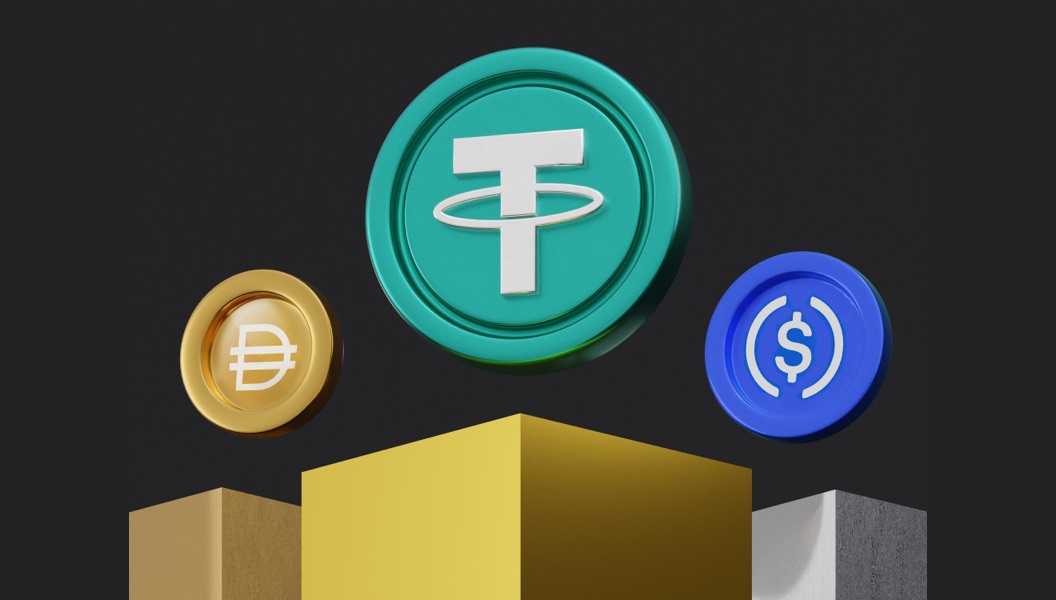Stablecoins are among the most discussed tools in the crypto economy. They’re valued for their stability, convenience, and broad applicability. As stablecoins gain popularity, critical questions emerge: How trustworthy are they? What purpose do they serve? And can they truly be considered “stable”?
What is a stablecoin?
A stablecoin is a type of cryptocurrency whose value is pegged to a stable asset, such as:
• A fiat currency (most commonly the U.S. dollar)
• Gold
• Other cryptocurrencies
• Or managed through algorithms.
The goal is to reduce the price volatility typical of traditional crypto assets while retaining all the advantages of blockchain: transparency, accessibility, and fast transactions.
Why do we need stablecoins?
In today’s crypto space, stablecoins serve multiple purposes:
Medium of exchange
Used for payments in e-commerce, Web3 services, and beyond.
Core of DeFi
Stablecoins are essential in decentralized finance — for lending, staking, farming, liquidity provisioning, and risk management.
Volatility protection
Investors often “park” funds in stablecoins to avoid losses during market downturns.
Cross-border payments
A fast, low-cost alternative to traditional international transfers with no intermediaries.
Types of stablecoins
| Type |
Examples |
Description |
| Fiat-backed |
USDT, USDC |
Pegged to USD and backed by reserves |
| Crypto-collateralized |
DAI |
Backed by other crypto, fully decentralized |
| Algorithmic |
FRAX, (former UST) |
Price managed programmatically, no actual reserves |
Advantages of stablecoins
Price stability — makes them ideal for day-to-day payments and long-term storage.
Accessibility — all you need is a crypto wallet, no bank account is required.
Speed and low fees — especially useful for cross-border transactions.
DeFi integration — widely used as a base asset in DeFi protocols.
Transparency — many stablecoin issuers publish regular reserve audits.
Risks and limitations
Despite the benefits, stablecoins come with several risks:
Centralization — Most popular stablecoins are issued and managed by private companies that may freeze or block funds.
Lack of transparency — Some projects (e.g., Tether in the past) have been criticized for unclear reserve structures.
Regulatory uncertainty — Legal status and restrictions vary across countries.
Algorithmic instability — The collapse of UST (Terra) showed how vulnerable algorithmic models can be.
When to Use Stablecoins
Ideal Use Cases:
Digital USD storage
Trading on crypto exchanges
Fast global transfers
Participating in DeFi
Be Cautious If:
The project lacks transparency
The stablecoin isn’t fully backed
You don’t understand how the peg works
The Role of Stablecoins in the Real-World Projects
Today, numerous tech-driven projects are actively incorporating both blockchain technology and stablecoins into their solutions. Decentralized finance (DeFi) platforms, NFT marketplaces, gaming ecosystems (GameFi), and digital identity systems use blockchain as a secure, transparent infrastructure — while stablecoins provide a reliable unit of value within these networks. Some IT companies are even developing their own fiat-pegged tokens to enable seamless transactions inside their products. In enterprise environments, blockchain is being combined with stablecoins to power supply chain automation, cross-border settlements, and smart contract-based workflows. These initiatives demonstrate how blockchain and stablecoins together are becoming a foundation for building a more agile, inclusive, and transparent digital economy.
Conclusion
Stablecoins are an essential component of decentralized finance — supporting lending, staking, yield farming, liquidity management, and more. They’re transforming how people store value, transfer money, and engage with financial systems by offering faster payments and reducing dependence on traditional banks.
However, the word “stable” can be misleading. Users should understand how a stablecoin is backed, evaluate the credibility of its issuer, and stay up-to-date on regulatory developments. In a rapidly evolving market, stablecoins can act as a safe harbor — but they are not without risks. Use them wisely.



